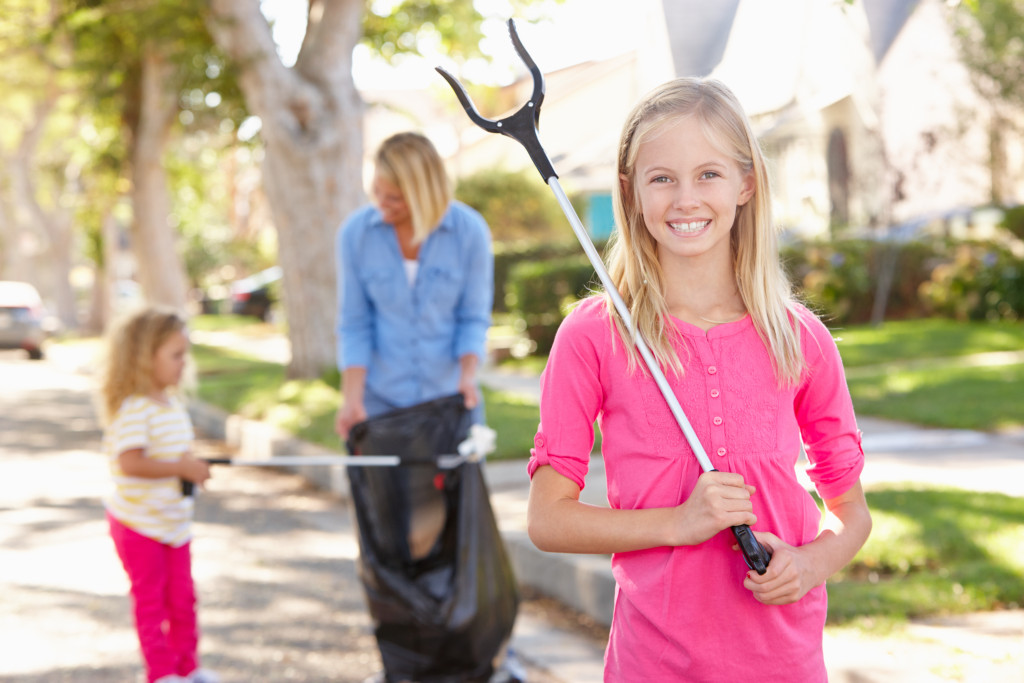There are many reasons why it is essential to have systems and practices to keep communities and families safe. One of the most important reasons is that it helps protect people from crime and violence. It also helps to create a sense of security and stability, which can benefit both individuals and families. Additionally, safe communities and families are more likely to have positive economic outcomes and lower levels of stress and anxiety.
There are a variety of best practices that can be adapted to help achieve this goal. This article will present some critical approaches.
Communication Within the Community and with Law Enforcement
Establishing clear communication channels between community members, law enforcement, and other relevant stakeholders is one of the most essential best practices.
Community members should feel comfortable reporting any suspicious or criminal activity to the appropriate authorities. They should also have a clear understanding of law enforcement’s role in keeping the community safe. Constant and proactive communication between all parties can help ensure that everyone is on the same page and working together to keep the community safe.
For instance, when homebuyers choose Donnybrook land for sale in Victoria, Australia, and build a home there, they become part of a community that has a Neighbourhood Watch. This organization encourages neighbours to help each other keep the community safe.
It has the How Safe is My Place app to help families identify security weaknesses in their homes. It also has a program to help kids check the safety of their schools. Furthermore, there is a program to train children to safely get around the community and recognize dangers.
In addition, the organization connects the community with the Victoria Police. The establishment of these communication channels and partnerships helps ensure that everyone is working together to keep the community safe.
Creating a Safe Physical Environment
Another critical best practice is to create a safe physical environment. This can be done by ensuring adequate lighting and security measures in place. It is also essential to create welcoming and inclusive spaces for all community members.
Ensuring that there are plenty of “eyes on the street” can help deter crime and make people feel safer. This can be achieved by having well-lit streets, sidewalks, and public spaces. It can also be helpful to create “defensible space” by planting bushes or trees in strategic locations.
Additionally, it is vital to ensure that all community members feel welcome and included. This can be done by providing public spaces that are accessible and welcoming to all. For instance, creating playgrounds, parks, and other public spaces that are inclusive for people of all ages, abilities, and backgrounds can help create a sense of community and belonging.
It can also be helpful to create “mixed-use” spaces that include both commercial and residential uses. This can help to create a more vibrant and active community.
Maintaining Community Cohesion

Maintaining community cohesion is another important best practice. This can be done by promoting social interaction and encouraging people to get to know their neighbours.
It can also be helpful to create opportunities for people to come together and interact with one another. This can be done by hosting community events, such as block parties, festivals, or concerts.
Additionally, it is important to encourage people to participate in local decision-making processes. This can help to ensure that everyone feels like they have a stake in the community and that their voices are heard.
Finally, it is also important to provide support for vulnerable members of the community. This includes providing resources for families in need, as well as for individuals who are struggling with mental health or addiction issues.
By promoting social interaction, encouraging participation in local decision-making, and supporting vulnerable members of the community, it is possible to maintain community cohesion.
Having an Updated Emergency Preparedness Plan
Creating and maintaining an up-to-date emergency preparedness plan is another best practice. This includes having a plan for how to evacuate the community in the event of an emergency, as well as how to provide essential services, such as food, water, and shelter.
It is also important to have a plan for how to communicate with community members in the event of an emergency. This can be done through text messages, email, social media, or other means.
Additionally, it is important to make sure that all community members are aware of the emergency preparedness plan. This can be done through public meetings, workshops, or other educational materials.
Conducting regular training and drills on emergency procedures is also important. This can help to ensure that everyone knows what to do in the event of an emergency.
By having an up-to-date emergency preparedness plan, it is possible to be prepared for a variety of potential emergencies.
Preparedness Brings Peace of Mind
By following these best practices, a community can create a safer environment for all. These practices can help to deter crime, maintain community cohesion, and prepare for emergencies. By taking these steps, a community can bring peace of mind to all of its members.




